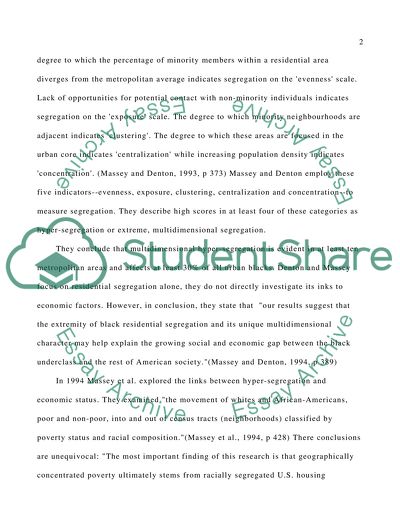Cite this document
(“Housing segregation by gentrification in US Research Paper”, n.d.)
Retrieved from https://studentshare.org/miscellaneous/1574247-housing-segregation-by-gentrification-in-us
Retrieved from https://studentshare.org/miscellaneous/1574247-housing-segregation-by-gentrification-in-us
(Housing Segregation by Gentrification in US Research Paper)
https://studentshare.org/miscellaneous/1574247-housing-segregation-by-gentrification-in-us.
https://studentshare.org/miscellaneous/1574247-housing-segregation-by-gentrification-in-us.
“Housing Segregation by Gentrification in US Research Paper”, n.d. https://studentshare.org/miscellaneous/1574247-housing-segregation-by-gentrification-in-us.


